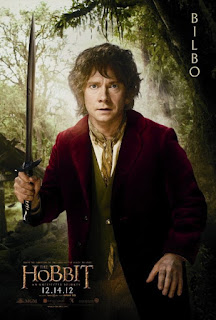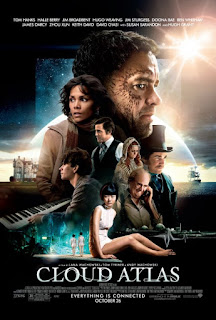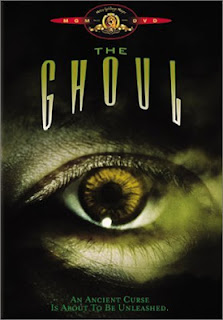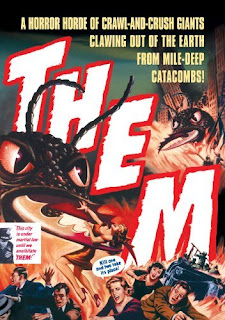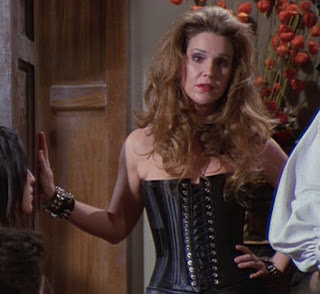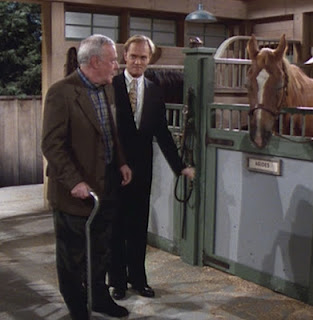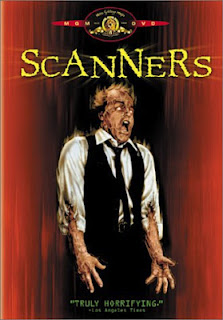Brian Aldiss once said, "Science fiction is no more written for scientists than ghost stories are written for ghosts." While good stories can come from an attention to real-world science and its details, they can't afford to neglect human emotions and plain old visceral appeal.
Gog, an obscure sci-fi techno-thriller from 1954, is a cautionary tale of what happens when the human factor is forgotten. It's admirably smart and slickly produced, but it plays like the screenwriter vomited the contents of an issue of Popular Mechanics onto the page. Like many science fiction movies from this era it's interesting as a portrait of a time when the scientific-industrial complex was moving boldly forward whether we liked it or not, but a potentially good story gets buried under all that exposition.
The film is set at a top secret underground research facility located in the desert. Two scientists studying cryogenic freezing are mysteriously killed when their equipment malfunctions, and government agent Dr. David Sheppard (Richard Egan) is sent to investigate. Joanna Merritt (Constance Dowling), an old flame of his, leads him on a grand tour of the facility, which is aimed at sending up the first space station, and to that end is researching deep freezing, crude solar power (focusing the sun's rays on a boiler to heat water to spin a turbine), weightlessness, atomic energy, and robotics. The very German Dr. Van Ness (Herbert Marshall) is in charge of the base's NOVAC supercomputer and two multifunctional robots named Gog and Magog. While Sheppard is on the tour, mysterious sounds start coming in from an object flying over the base, and the killings begin again.
I would like to point out that it is in fact over halfway into the movie before the killings begin again and Sheppard finishes his tour. The bulk of what I imagine would be "Act One" is composed of demonstration after demonstration of scientific wonders, and it's about as thrilling as you'd imagine. From what I can tell most of it has at least some basis in fact (the facts that we knew, anyway), but it insists on making its point long after actually doing so. To use just one example, to show how powerful the solar ray is, the scientists use it to heat a piece of metal, then melt a bar of steel, then set fire to a model city, and [i]then[/i] to boil a model lake away into nothing, all in far more time than it takes for those things to stop being fun. The weightlessness simulation is similarly agonizing, with two leotard-clad test subjects performing some mildly impressive gymnastic moves before eventually the fake wirework takes over and they unconvincingly levitate a little. (Throughout the male scientists make leering 50s talk about the female gymnast, which is kind of funny because her outfit is a combination of unrevealing tights and what appears to be chain mail.) The demonstration of NOVAC and the robots is seemingly as slow as computers back then actually worked, and while there's a certain retro value to see everything programmed in via punchcards, this too loses its flavor.
Then again, maybe it's not the scientific rambling that's the problem. Even the parts of the movie where things actually happen are staged in an odd, repetitive, methodical manner. The killings are all very slow indeed, the mysterious sounds threaten to blow up the station by gradually increasing in pitch and making a bunch of tuning forks vibrate, and even at the climax, when the film has finally started to pick up some kind of steam, the filmmakers' steadfast refusal to use any kind of narrative shorthand keeps the action from getting too exciting. It's like a film made by the kind of people who complain about continuity errors in comic books; we see everything happen so that there can be no dispute over what just happened.
As I mentioned earlier the film looks really nice, with a clean modernist design and believable technology. The robots are as clunky and inhuman as makes practical sense- they're bundles of appendages, like the actual probes we've ended up sending into space- but have a certain personality too (enough to get star billing, at least.) And when the plot is finally moving, there is some genuine suspense as well as some surprise in the mystery unfolding.
In the end I'm thinking this probably would have made a really good short film or radio play. The consistently slow pace of the picture makes me think there was padding involved getting this to feature length, or else it was simply a question of nobody being ruthless enough in rewrites or the editing room. It demonstrates a lot of the qualities of "Golden Age" science fiction, but the bad aspects of this, notably an emphasis on technology over people and some relentless cheerleading for the March of American Scientific Progress, overwhelm the good. And really, considering the title, the robots need way more screen time. They're more alive than half the characters.
Story by Ivan Tors
Screenplay by Tom Taggart with Additional Dialogue by Richard G. Taylor
Directed by Herbert L. Strock
Grade: C

